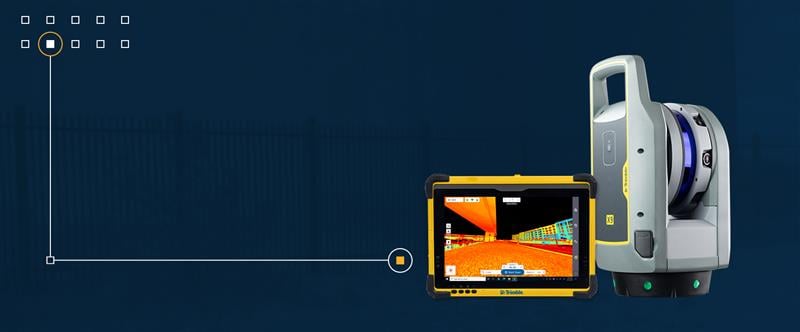USGS Provides Higher Level Landsat Data
 The U.S. Geological Survey (USGS) has begun production of higher level (more highly processed) Landsat data products to help advance land surface change studies. One such product is Landsat surface-reflectance data. Landsat satellite data have been produced, archived, and distributed by the U.S. Geological Survey since 1972.
The U.S. Geological Survey (USGS) has begun production of higher level (more highly processed) Landsat data products to help advance land surface change studies. One such product is Landsat surface-reflectance data. Landsat satellite data have been produced, archived, and distributed by the U.S. Geological Survey since 1972.
Surface reflectance data products approximate what a sensor held just above the Earth’s surface would measure, if conditions were ideal without any intervening artifacts (interference or changing conditions) that may come from the Earth’s atmosphere, different levels of illumination, and the changing geometry of the view by the sensor from hundreds of miles above the Earth. The precise removal of atmospheric artifacts increases the consistency and comparability between images of the Earth’s surface taken at different times of the year and different times of the day.
Surface reflectance and other high-level data products can be requested through the USGS Earth Resources Observation and Science (EROS) Center by accessing the EROS Science Processing Architecture (ESPA) interface. Surface reflectance data are also available using the USGS EarthExplorer; select “Landsat CDR” under the tab for datasets. More information on Landsat surface reflectance data is available at the USGS Landsat website and in an updated USGS Fact Sheet.
Data users in many different fields depend on basic Earth observation information from the USGS to conduct broad investigations of historical land surface change that cross large regions of the globe and span many years. Accordingly, this community of users requires consistently calibrated radiometric data that are processed to the highest standards.













Follow Us